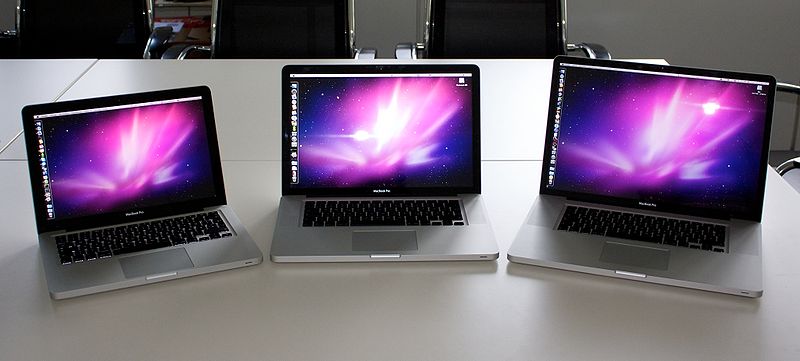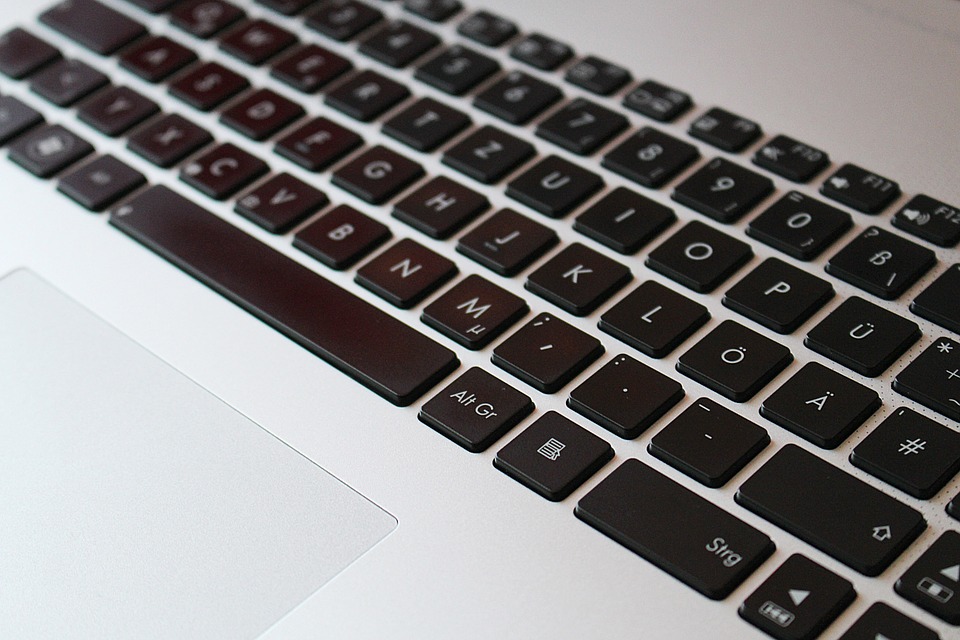There’s no doubt that a laptop is a genius invention: it gives you all the power and performance of a desktop computer while being light and thin enough for you to carry it everywhere. If you’re planning to buy your first laptop, or if your old one needs an upgrade, it means that you’re in a market for a new laptop. But how to make the right choice and not feel disappointed with your new laptop in a few months? Today we’ll try to answer this question for you!
Pick the operating system
Generally, every laptop you can buy today runs on one of three operating systems: Windows, Mac, and Chrome OS.
- Windows, especially its latest version, Windows 10, is the most versatile one. It comes on all kinds of laptops, from affordable to professional ones, and lets you do a whole variety of tasks with the help of an endless choice of software.
- Apple OS X is only installed on Apple’s MacBooks, and although it feels slightly different to work in OS X, especially if you’ve only worked with Windows before, it is still a pleasure to work with, both functionally and visually.
- Chrome OS is designed by Google and is mainly offered with inexpensive laptops. Chrome OS is aimed at online use, which is why you may struggle with finding the right offline apps.
Choose the right size
Lately laptops come in all shapes and sizes, which is why picking the suitable size can become quite a challenge. We can divide all modern laptops into four size categories:
- 11-12 inches: these are the lightest and thinnest laptops, perfect for carrying around, but not packing too much power
- 13-14 inches: these laptops are a combination of portability and functionality, especially if you manage to find one under 2 kg
- 15 inches: this laptop size is the most popular and for a reason: although they are not as easy to carry around every day, they feel exactly like a desktop PC in terms of usability
- 17-18 inches: it’s true that it’s better to leave this laptop on your desk and not take it with you, but the combination of power, battery life and usability will let you perform even the most demanding tasks.
Check the usability
Your new laptop can have hundreds of advanced feature and be the best engineering achievement of all time, but if you don’t like working on it, all these features don’t mean anything. When you’ve already chose your model, go and try to do some work on it. Pay special attention to the keyboard and touchpad: in order for you to enjoy your new laptop the touchpad and the keyboard should work flawlessly. Glitches, inaccurate or delayed response are a signal that it’s best to look for another model.
Which specs do you need?
Every laptop description you’ll come across contains lots of features and components, but how to know which ones matter for you? Here is a quick guide to the most notable ones:
- CPU is a place where most processes in your laptop happen. CPU is responsible for performance, so the better the CPU in a particular model is, the more it will achieve. However, if you’re looking for an affordable everyday laptop, you may find that even the basic CPU will be good enough for you.
- RAM works together with CPU and ensures smooth performance. Many affordable laptops now come with 2GB of RAM, but if you’re planning to play games or do some other demanding tasks, make sure your new laptop has between 4 and 8 GB of RAM.
- Hard drive is responsible for storing your personal files, as well as program files, installs, and so on, which is why the size of the hard drive directly influences how much data you can store. Today you can find laptops with SSD rather than a traditional hard drive – SSD gives a much faster response, providing for a much more functional laptop.
- Displays in laptops differ according to size and pixel count. The more pixels your laptop has, the more data you can fit in one screen and the better it will all look. Of course, if you’re not a graphics designer or an avid gamer, you can be perfectly happy with a standard desktop size and resolution, but if you want more and can afford it, find a laptop with at least 1920×1080, or full HD display – trust us, you’ll enjoy it.
- Battery only matters for users who are planning to use their laptops away from power outlets. If you plan to often take your laptop away from home, look for models that offer at least 6 hours of battery life, although 8 and more hours are more preferable.














